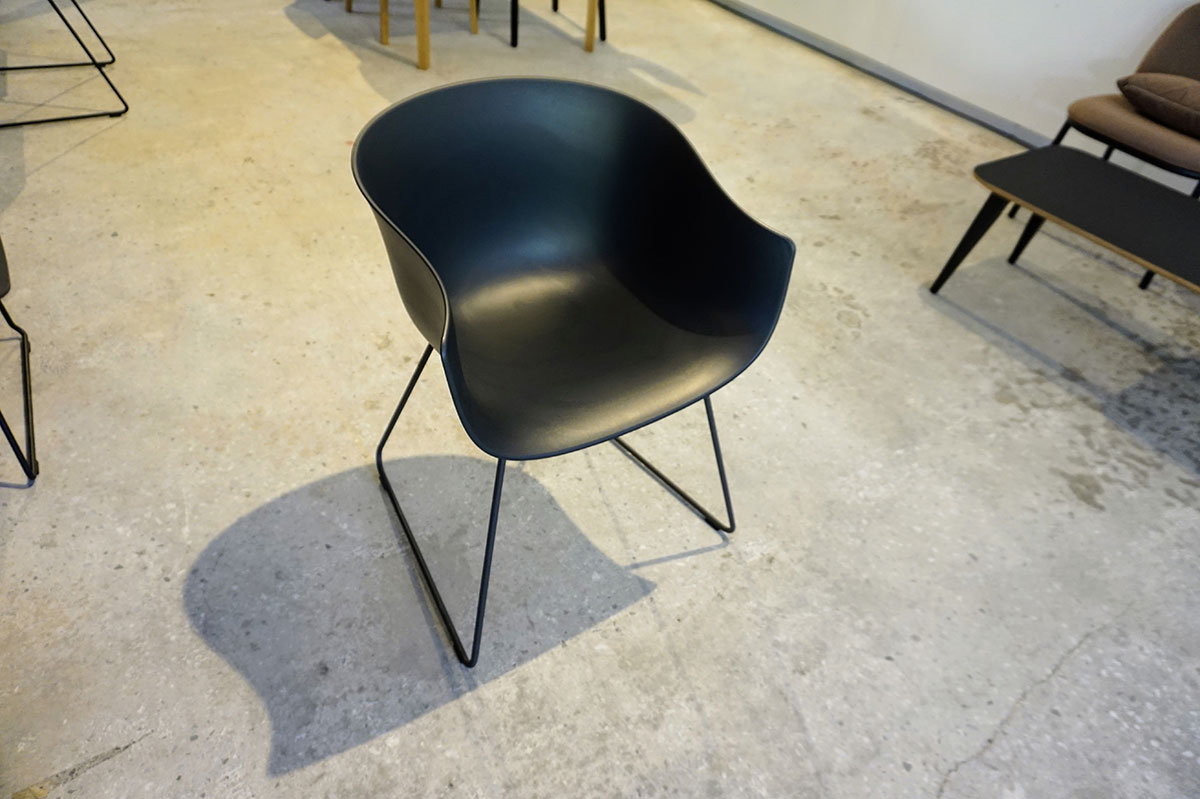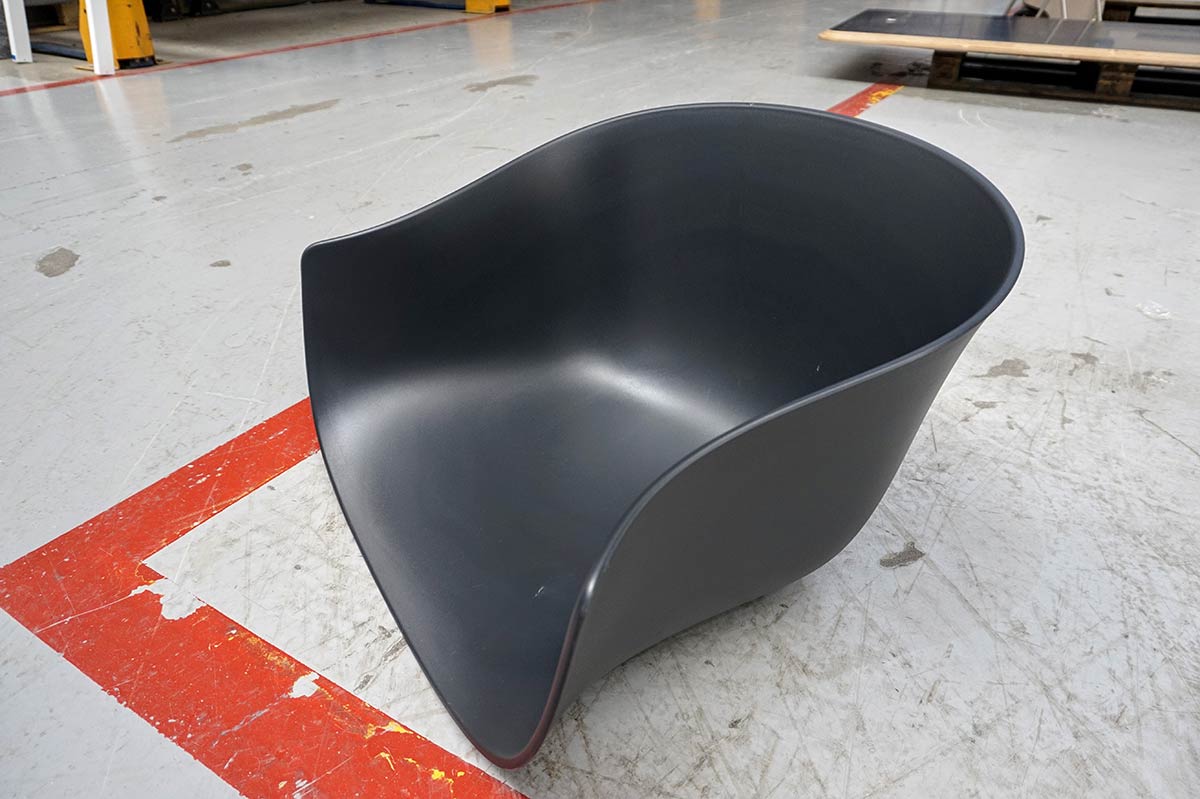SUSPLAS
SUSTAINABLE PLASTICS FOR DESIGNER FURNITURE PRODUCTS
Furniture products do not require plastics with demanding technical characteristics, so it is a sector that can potentially integrate recycled materials easily into its chain. Plastic, as a material, is one of the major environmental problems to be solved, considering that there is a large amount of plastic that is not being recycled, which ends up polluting the environment. However, it is necessary to analyse the most sustainable recycled plastics with the highest adaptation potential for use in the manufacture of designer furniture products, select alternatives and work with representative and formulable samples. New 3D printing technologies also enable functional furniture prototypes to be obtained easily.
ONDARRETA, the company that has led SUSPLAS, manufactures furniture based on tradition and innovation, and has worked with 3R3D (company specialising in 3D printing), URTETA (company specialising in plastic injection), the environmental consultancy firm, IK INGENIERÍA, and HABIC, the Basque Cluster of equipment, furniture and design.

DRIVING FACTOR



 OBJECTIVES
OBJECTIVES
- Incorporate sustainable polymeric materials in the habitat sector to replace fossil-based virgin plastic in the manufacture of designer furniture products.
- Recover plastic waste without any loss of quality in the furniture.
- Check the feasibility of processing these materials.
- Model and disseminate value-added circular businesses.
- Design strategies adapted to the characteristics, needs and opportunities of the designer furniture sector in the Basque Country.
- Analyse which processes need to be added or modified in order to incorporate these new materials.
- Create a new local value chain.
 RESULTS
RESULTS
- The equivalent CO2 emissions savings per plastic part made from the selected materials are between 34% and 62% compared to fossil-based materials.
- For an optimal result, part of the virgin fossil-based raw material is mixed with recycled virgin material, achieving a reduction of CO2 emissions equivalent of more than 40% compared to virgin material.
- The impact on the complete product, which includes steel structures in addition to plastic components, is between 19% and 28%.
- The economic cost has not been adversely affected by the replacement of existing materials.
- Validation of results and qualities of the materials obtained as suitable for market requirements. This validation has been both technical and aesthetic, a critical point in the decision to purchase designer products.
 CONCLUSIONS
CONCLUSIONS
- SUSPLAS has obtained positive technical and environmental results, with a high potential for replicability in the future, but there are some difficulties related to the market: some manufacturing companies and customers distrust recycled materials, either because of previous bad experiences (non-homogeneous products, non-continuous service) or because they perceive it as lower quality. SUSPLAS has minimised this barrier by using suppliers with certified products and the capacity to ensure supply.
- The implementation of SUSPLAS in the Basque Country is affected by the lack of a local recycler-compounder that can offer recycled plastic materials with certification and supply guarantees. The materials used successfully in SUSPLAS come from Central European companies, which hinders the process in a sector that does not stock materials as projects are fully customised.
- Project dissemination in this consumer product is key, which is why a video has been made, which can be seen on this link: https://www.youtube.com/watch?v=tCIf3n_iYUM&ab_channel=ClusterHabic
ENVIRONMENTAL
TECHNICAL
ECONOMIC
COMMERCIAL
ON THE MARKET







